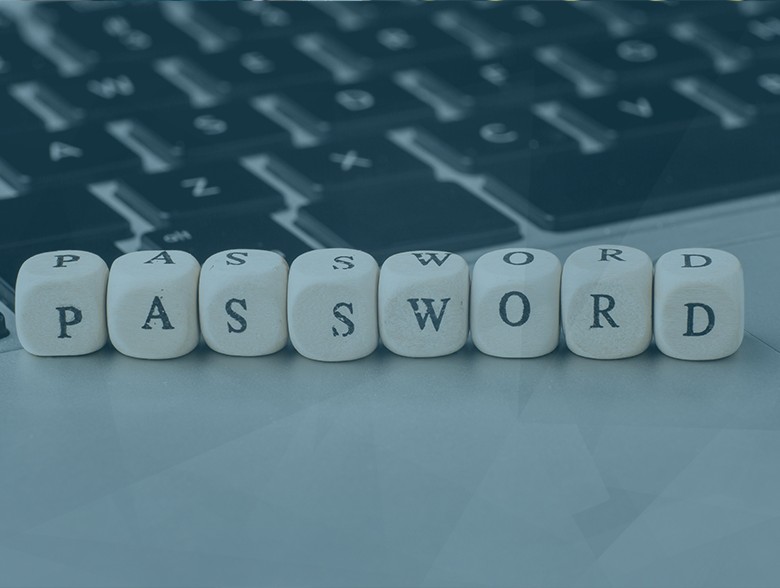The landscape of digital authentication is evolving rapidly, with tech giants like Google, Apple, and Microsoft leading the charge toward a password-less future. This shift comes as a response to the increasing prevalence of credential theft, largely through phishing attacks, which have seen a 50% rise worldwide compared to the previous year. With the accessibility of hacking kits and AI-enhanced phishing tools, passwords have become increasingly vulnerable, prompting the need for more robust authentication methods.
In May, Google made waves by announcing its plan to replace passwords with passkeys, a form of authentication that requires a fingerprint, swipe pattern, PIN, or facial recognition to verify user login credentials. Apple and Microsoft have also recognized the need for this transition and are gearing up to adopt password-less authentication as well. By doing so, these tech giants aim to enhance security measures and provide users with an extra layer of protection against sophisticated cyber-attacks.
Passkeys offer several advantages over traditional password-based authentication. Users can set up a simple and convenient system for logging into multiple accounts without the need to remember complex passwords or manage numerous passwords for different accounts. This approach also eliminates the risks associated with weak passwords and password reuse, which are common unsafe practices. Shockingly, studies have shown that 85% of people use the same passwords across multiple sites, making them more vulnerable to hacking attacks. While passkeys do not guarantee absolute security, they go a long way towards mitigating password-related risks.
One of the key reasons why passkeys are considered more secure than passwords is their physical nature. Passkeys are harder to steal or replicate compared to passwords and tokens. This has led industry bodies and tech leaders to promote passkeys as the future of user security. However, it’s important to note that a passkey alone may not be sufficient to ward off determined hackers. There are numerous other threat vectors and hacking techniques that don’t rely on passwords at all. For example, attackers can leverage remote access trojans (RATs) to gain control of infected devices or hijack sessions by stealing cookies containing login tokens. Advanced social engineering attacks, such as business email compromise (BEC), have also become a significant threat.
Moreover, passkeys may make users more vulnerable in certain scenarios. If a threat actor gains access to a user’s device, they may potentially access all the user’s accounts and apps. In contrast, with passwords, the attacker may only gain access to accounts with the same login credentials. This highlights the need for a multi-layered approach to cybersecurity that includes additional security measures and tools to prevent various types of attacks.
While the move towards password-less authentication is an important step forward in enhancing security, it is not a complete solution. Cyber attackers are constantly evolving their tactics and strategies, targeting communication and collaboration channels with sophisticated techniques such as spear-phishing, domain spoofing, and AI-aided impersonation. These advanced attacks do not necessarily rely on stealing passwords or user sessions, rendering password-less authentication ineffective in preventing them. Therefore, adopting a multi-layered approach to cybersecurity is necessary to effectively protect individuals and organizations. This includes improving cybersecurity awareness training, deploying modern security systems like advanced email security and web browser security, and correlating data from these systems to provide rapid incident analysis and remediation.
In conclusion, password-less authentication is a significant step towards improving digital security. However, it should be considered as one tool among many in the cybersecurity toolbox. Attackers will continue to exploit vulnerabilities, highlighting the need for a multi-layered approach to protect against evolving cyber threats. By combining password-less authentication with additional security measures, individuals and organizations can strive for a safer cyber-future.
About the Author:
Tal Zamir is the CTO of Perception Point and a software industry leader with a 20-year track record of solving business challenges through technology innovation. He has developed breakthrough cybersecurity and virtualization products and was the founder of Hysolate, a next-gen web isolation platform. Tal can be reached on LinkedIn and through the company website.
